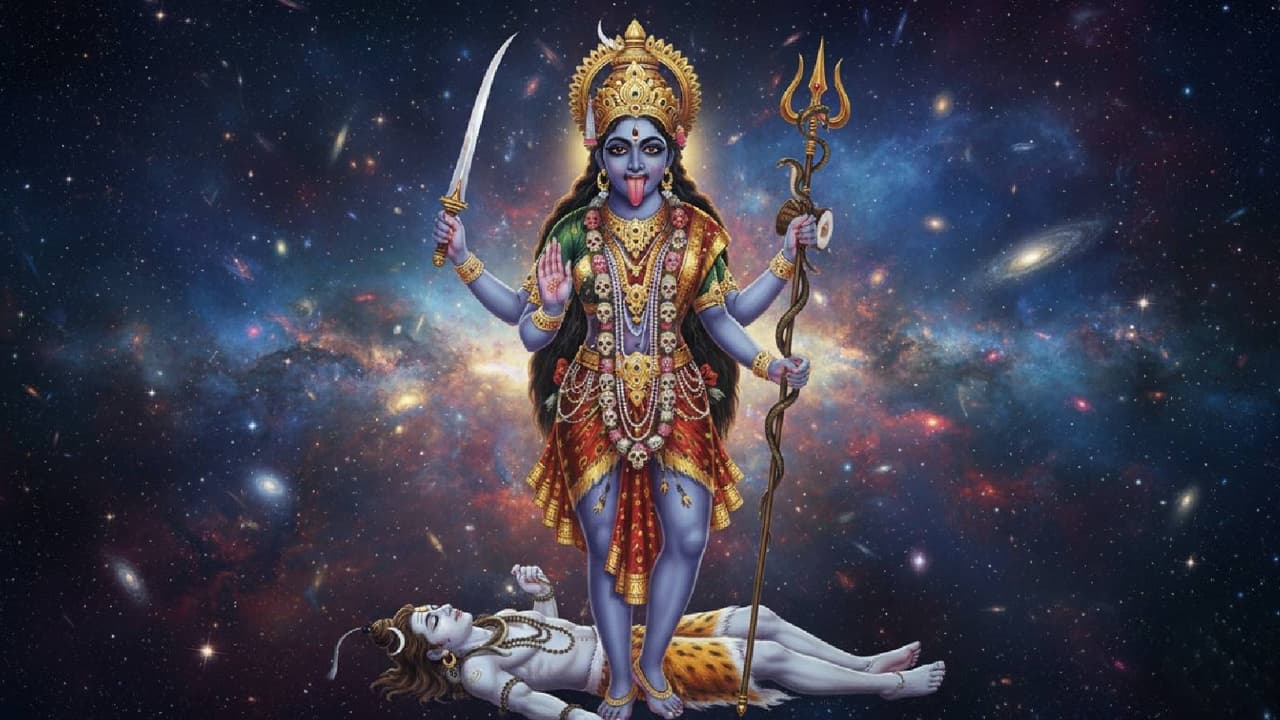The origin of Kali Puja is closely linked to the mythological tales of the Devi Mahatmya and other Puranic texts. Goddess Kali is considered the ultimate force of Shakti, representing both destruction and liberation. According to Hindu mythology, Kali was born from the forehead of Goddess Durga during her battle against the demon Raktabija. The demon had a unique boon: for every drop of his blood that fell on the earth, a new demon would arise. This made him virtually invincible. To defeat Raktabija, Kali appeared, her dark form symbolizing the destruction of evil and ignorance. With her powerful tongue and sword, she drank every drop of his blood, ensuring that no demon could regenerate. This tale signifies the ultimate victory of good over evil, making Kali Puja a celebration of divine power, protection, and moral triumph.
In Bengal, the legend extends beyond mythology into ritual practice. Devotees invoke Kali’s energy to eliminate negativity, fears, and obstacles in their lives. The dark night of Amavasya, considered inauspicious in many regions, is transformed into a time of spiritual empowerment in Bengal. By lighting lamps and offering prayers, devotees symbolically invite the goddess to destroy darkness and grant wisdom, courage, and prosperity. This connection between the cosmic myth and individual devotion underscores why Kali Puja holds a special place in Bengali culture.
